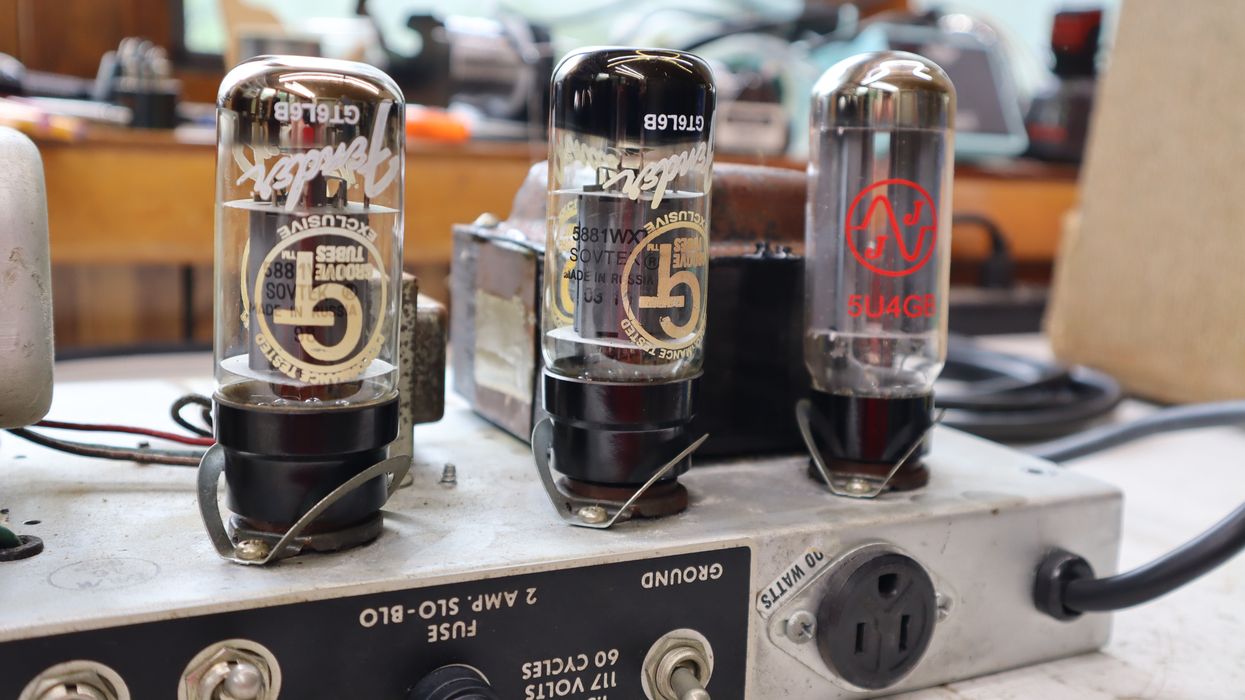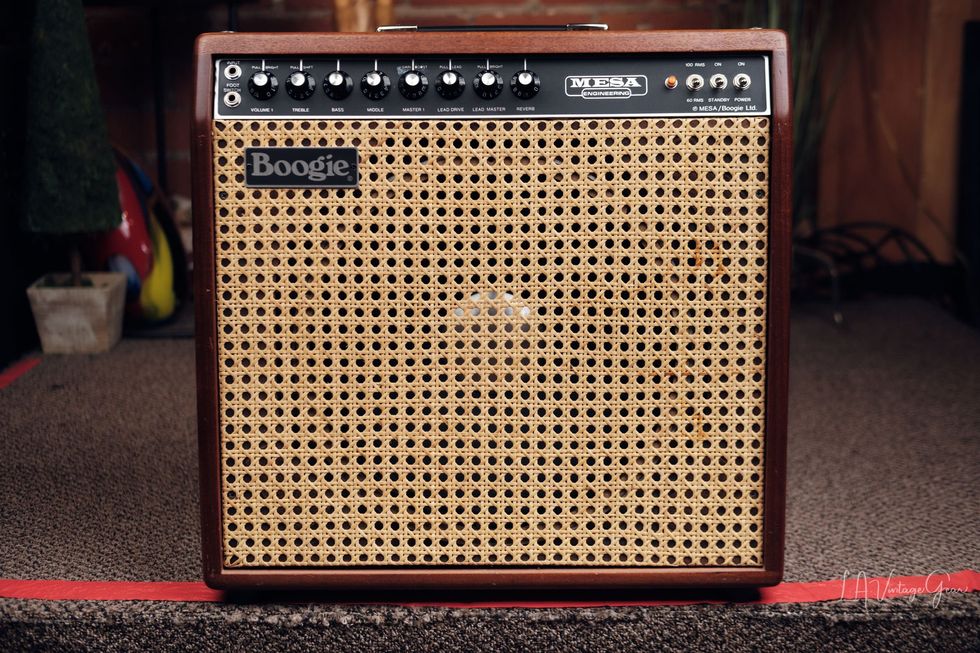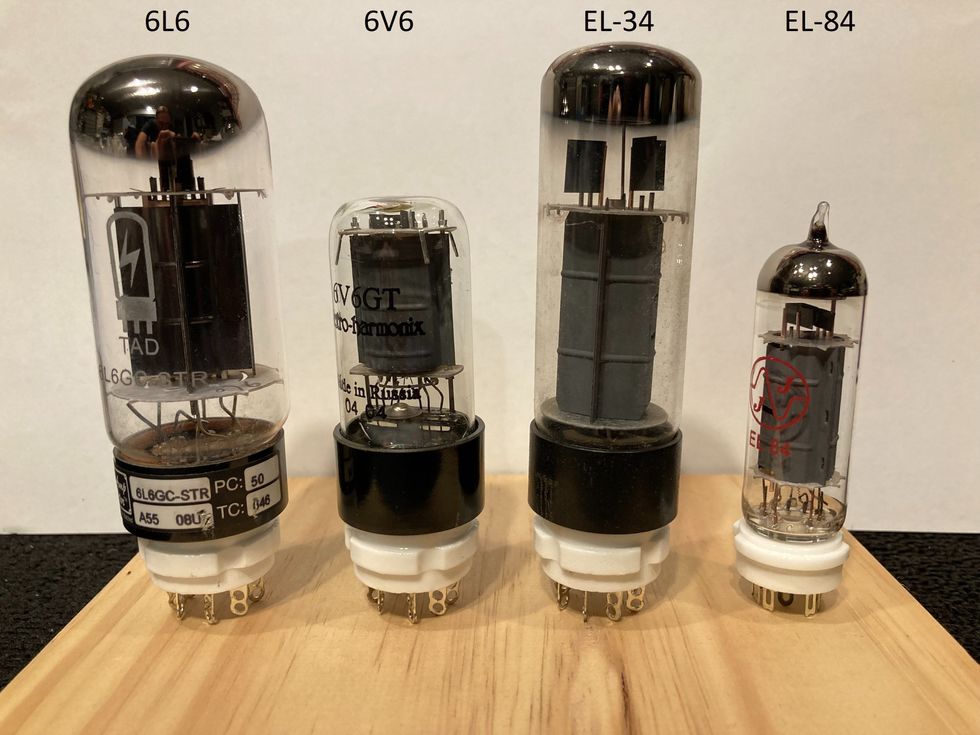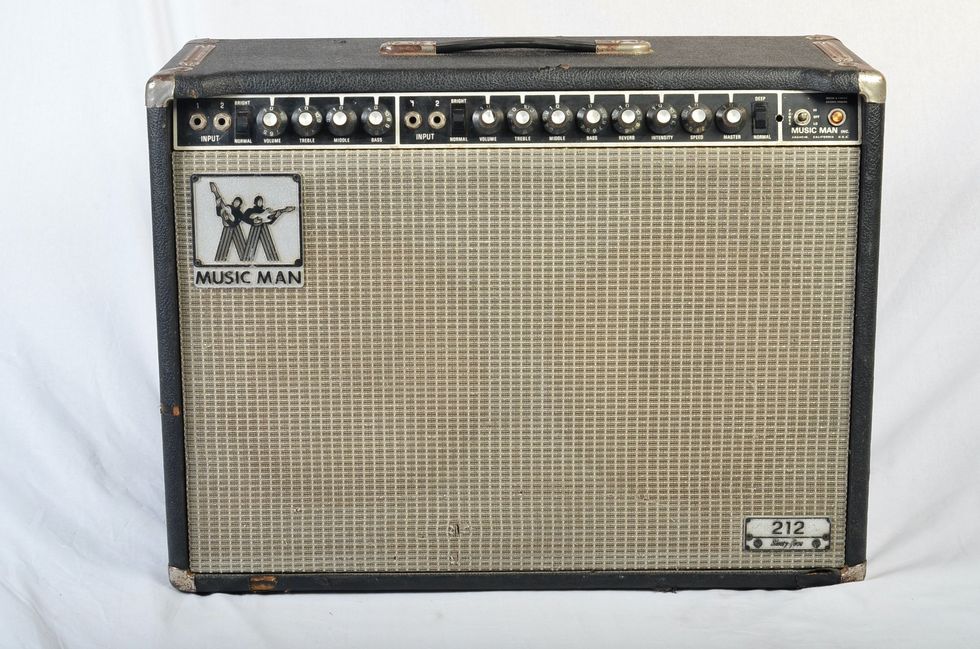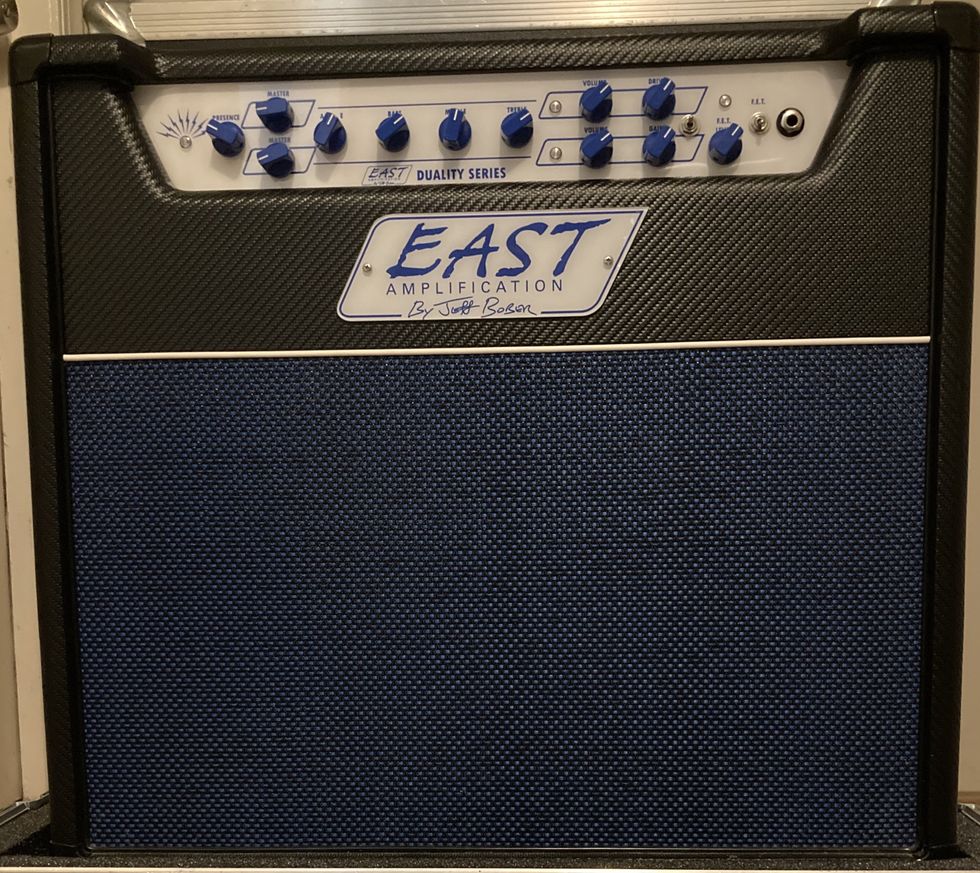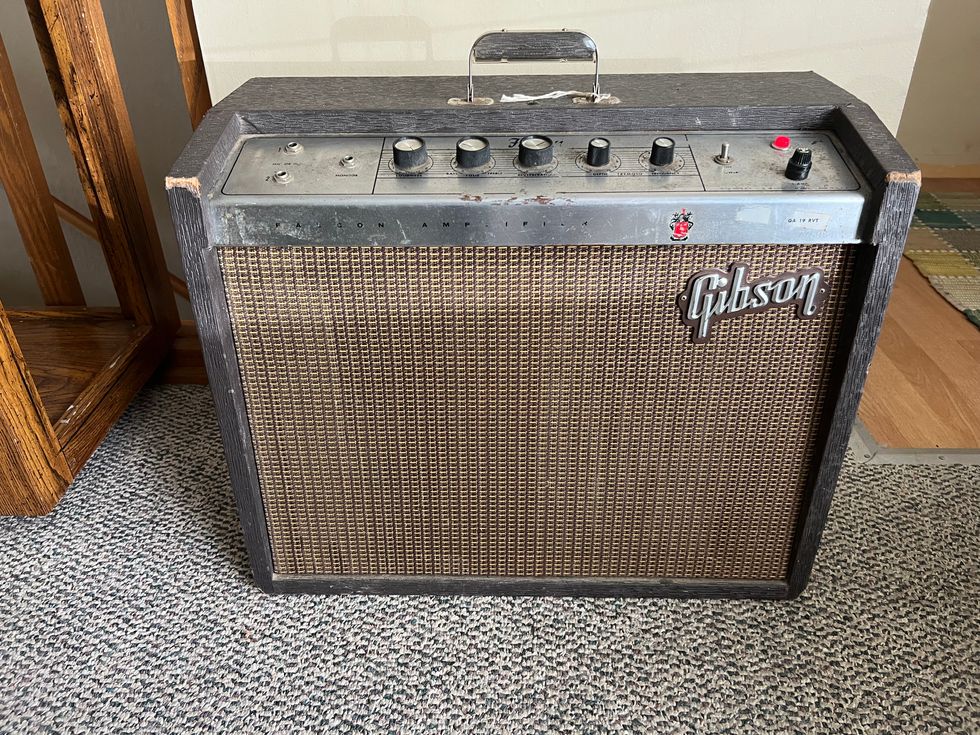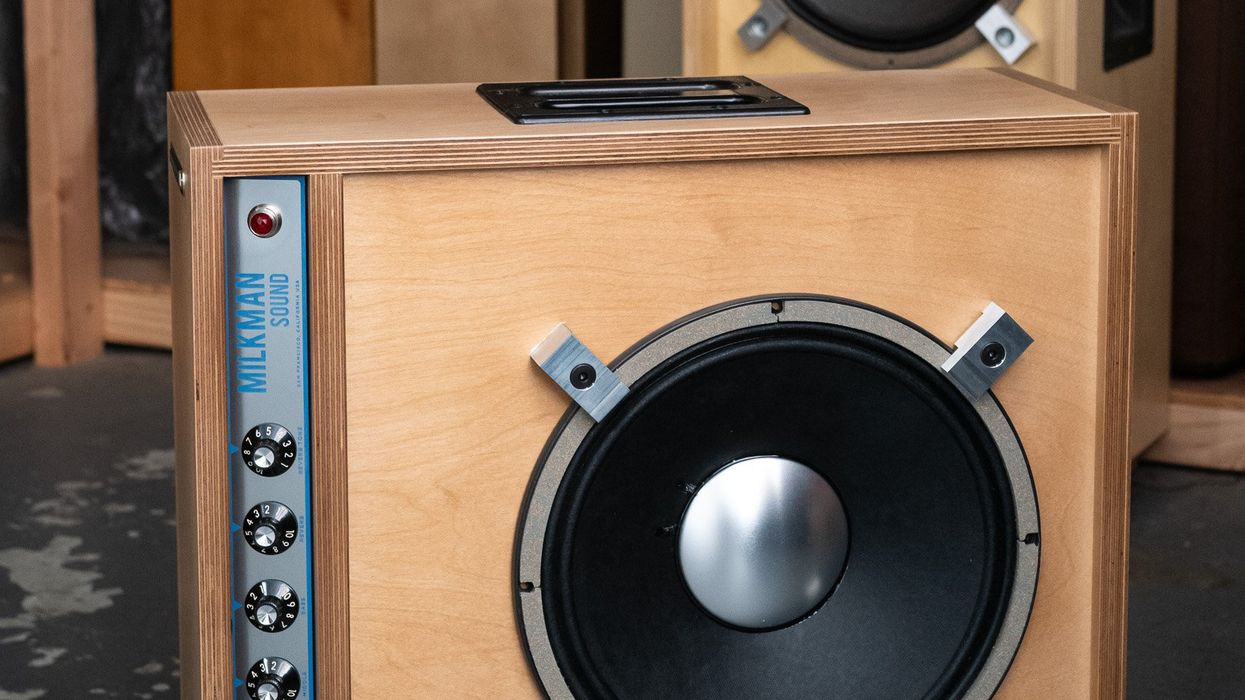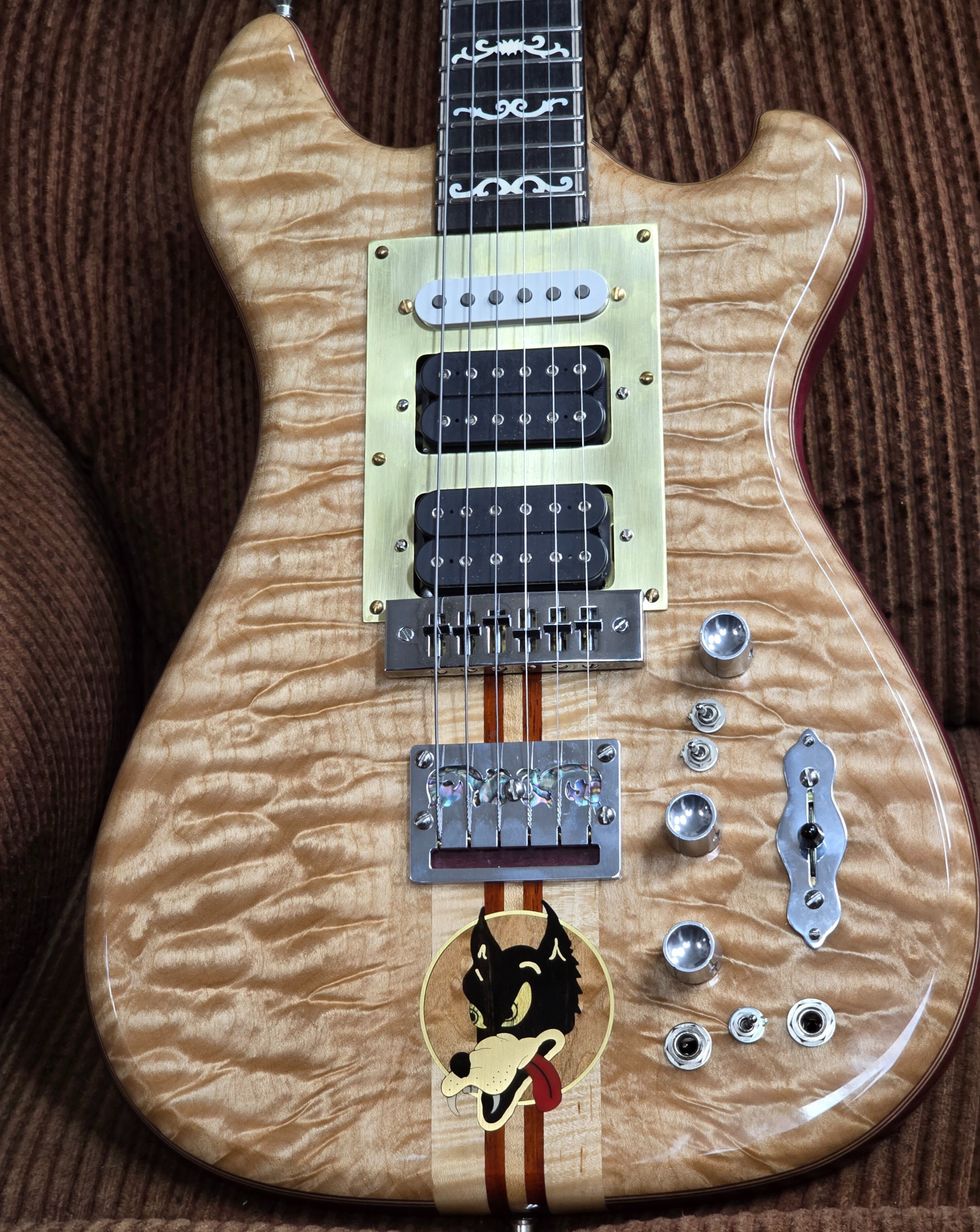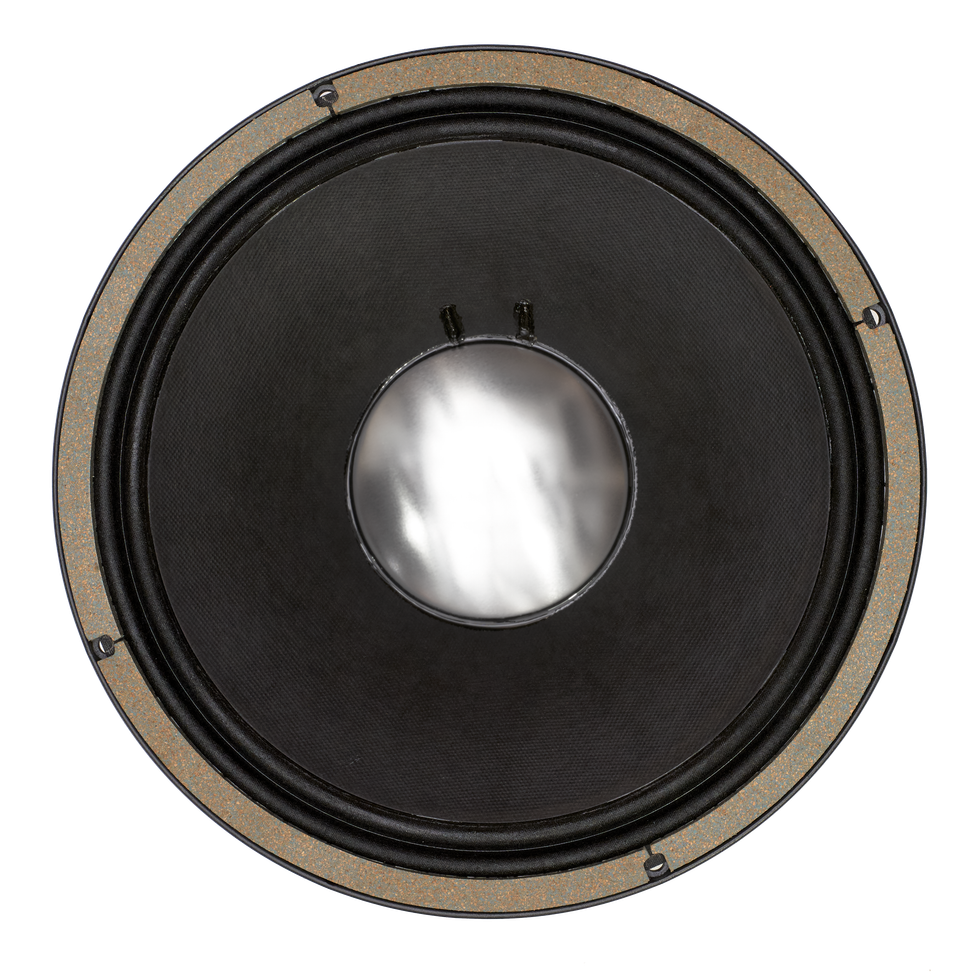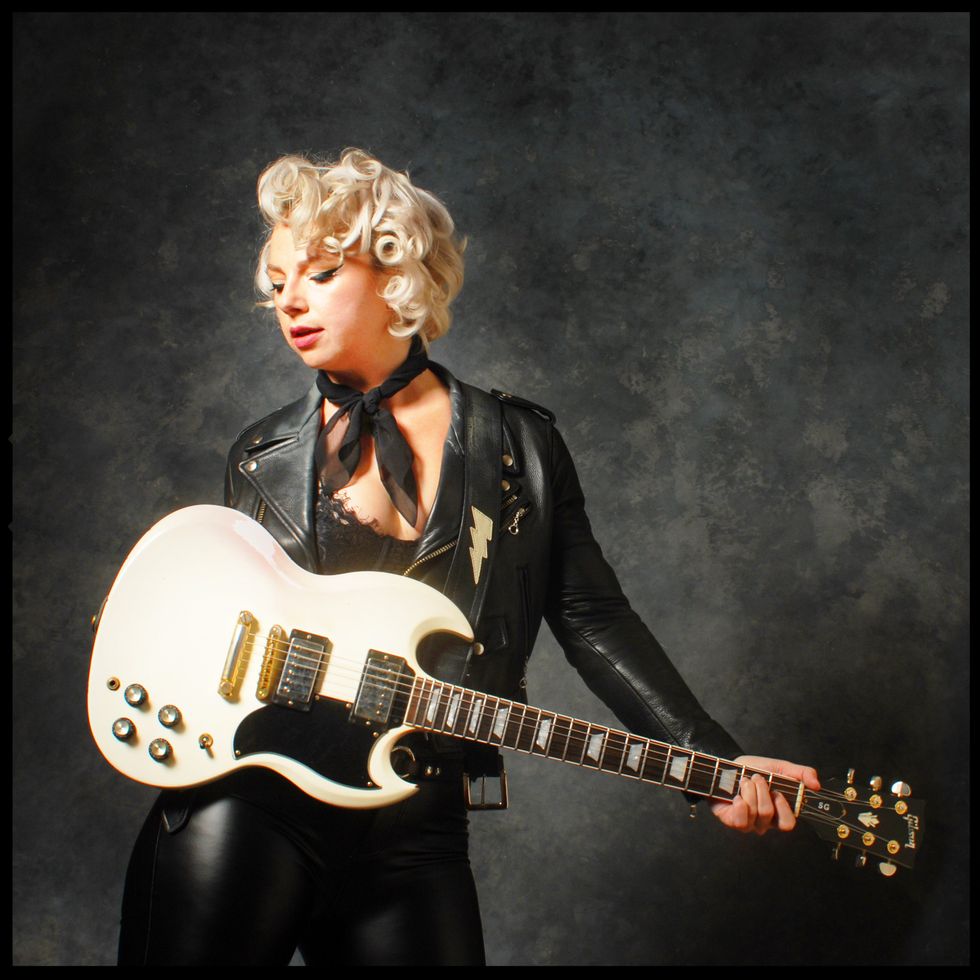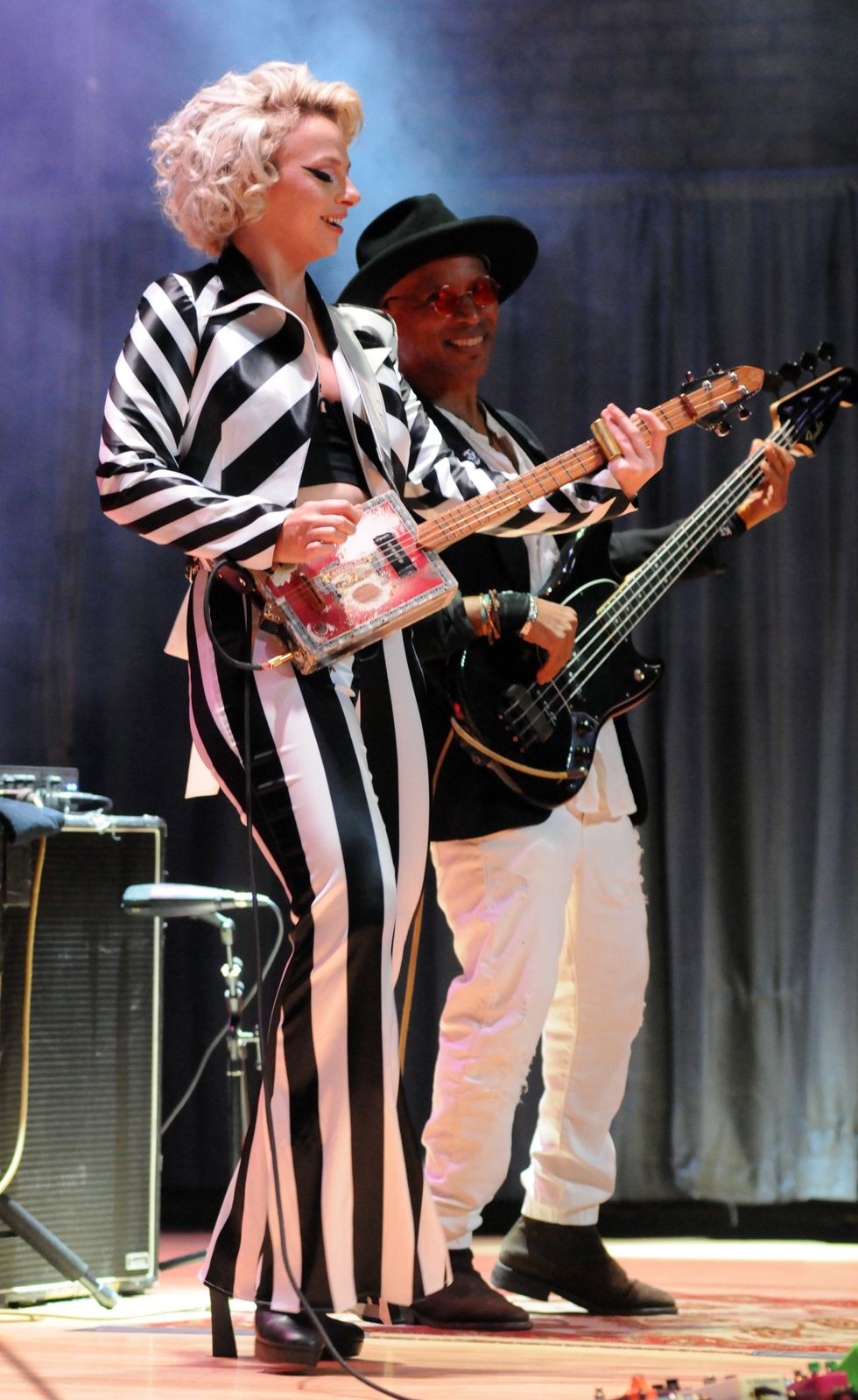It’s been a month – have you acquired that second amp? Picking up from my last article, in the most basic setup, we’re starting with our favorite amp as the basis for our tone. Then we’re using a second amp to blend in with the first to create our composite signal. For the sake of simplicity and building our knowledge one step at a time, we’ll limit this article to talking about using only two amps.
Achieving independent control of each amp is the next step in the two-amp setup. After the signal split, we could put a volume pedal inline to one or both of the amps. We can now blend the amps for different flavors beyond just two straight amps. Also, odds are that at least one of the amps has channel switching. That adds a whole additional layer of possibilities just from two amps, a volume pedal or two, and an A-B-Y box.
What about effects? The wet/dry setup is very effective. We can use the second amp to color and tone-shape the primary amp. Rather than muddy up that great amp we spent all of that money on, we can color and affect the second amp, leaving the first amp’s tone and punch untouched. The primary amp will come roaring through surrounded by, but not masked by, the tone and effects of the second amp. Adding a multi-fx unit with MIDI or channel switching controls in the effects loop of one or both of the amps gives us even more sonic combinations and control than any single amp could ever achieve. In addition to simply adding effects, many of the current effects units on the market today have a CC (Continuous Controller) input that would expand your tonal capabilities even further.
So many of us get locked in the mind set of getting that one "great" amp that''s going to do it all for us, when in fact, sometimes it takes a team effort. |
Bass players have a lot of options with a composite signal as well – think Billy Sheehan or dUg Pinnick. Rather than simply separating the signal by frequency and going through two different cabinets powered by the same amp, the split signal could go to one amp to accentuate the high end in precise detail – maybe with added effects like chorus or distortion – and the other amp could handle the lows and any type of sub-harmonic effect. The split signal could even be used to go to two full range amps that really compliment each other and give a better sound than a single amp.
Two things to be aware of when using a composite setup are soundmen and phase. Politely explain to the soundman that your sound comes from a combination of amps. Ask them to treat your signals going to front of house and the monitors equally, as you are controlling the blend of the two from stage. In other words, keep the volumes the same, whether they bring it up or down.
Once you have your sound on stage, go out front and listen to the PA. Have the soundman bring up your primary amp, and then fade in your second amp to an equal level on the board. If the blend doesn’t sound right, have the soundman use the gain on the channel to get the blend right. That way they can keep the faders together as they move them up or down to effect the overall level and not have to worry about messing with the blend because they didn’t keep the faders even.
If your sound starts to get hollow or change drastically from what you hear on stage, something in the signal chain is out of phase. It’s a good idea to always carry at least one XLR phase reverse barrel or adaptor to any gig, just in case the boards can’t flip phase – we’ll talk more about phase issues in our setup in later articles. Also beware of pedals that flip your phase. They can really be annoying once you move on to this level. Limited by space, I must keep moving, but fear not, there’s more to come.
Are you getting any ideas about where this can take you, or asking, “what about adding additional amps?” The possibilities and combinations are endless. Hopefully this is giving you a few new thoughts on how to achieve new and hopefully better sounds. So many of us get locked in the mind set of getting that one “great” amp that’s going to do it all for us, when in fact, sometimes it takes a team effort. Write to us at Creation Audio Labs if you have questions about any of this or other technical aspects of audio.
Bryan Lionman
lionman@creationaudiolabs.com
Creation Audio Labs, Inc.
615-884-7520
CreationAudioLabs.com



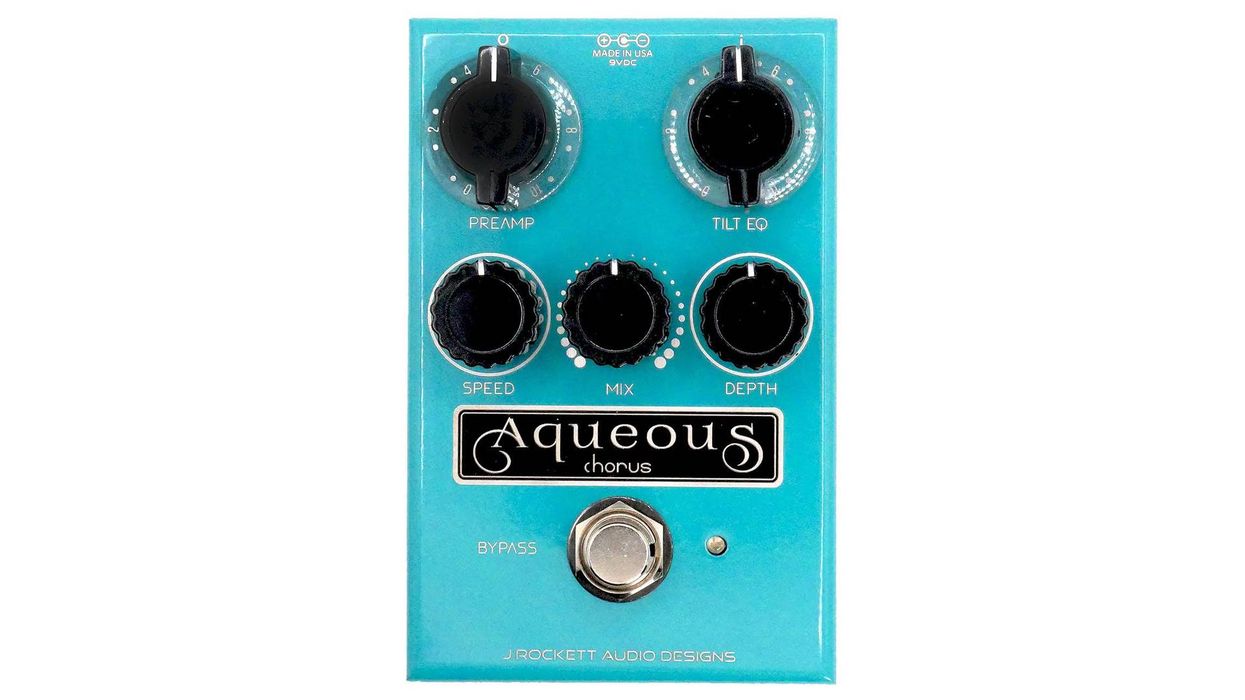









![Rig Rundown: Russian Circles’ Mike Sullivan [2025]](https://www.premierguitar.com/media-library/youtube.jpg?id=62303631&width=1245&height=700&quality=70&coordinates=0%2C0%2C0%2C0)
